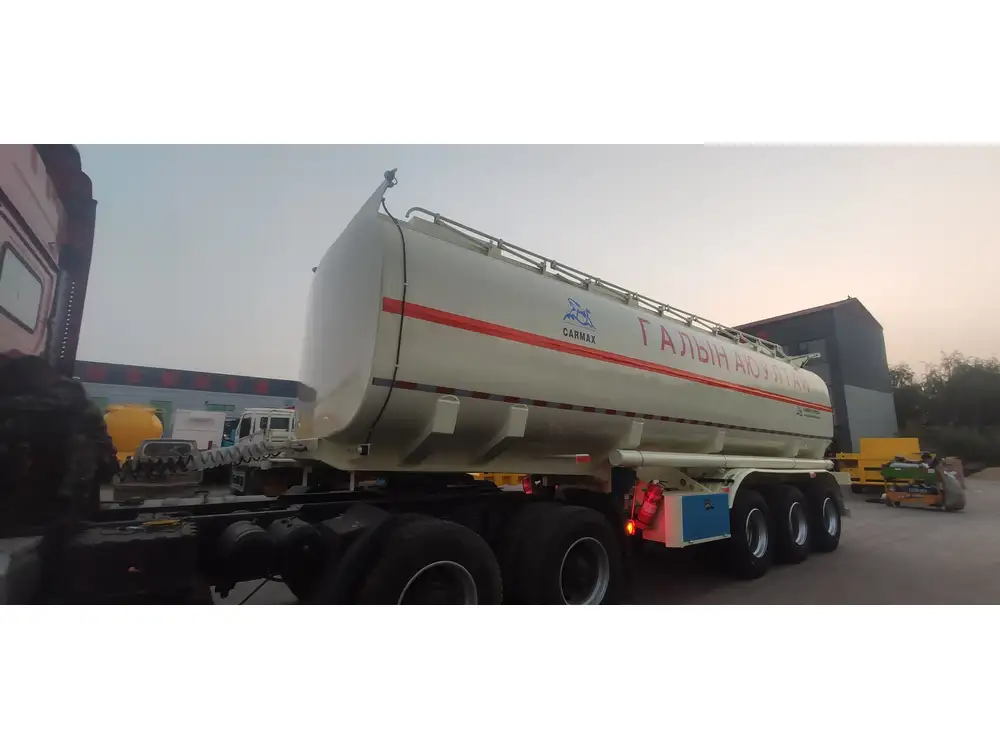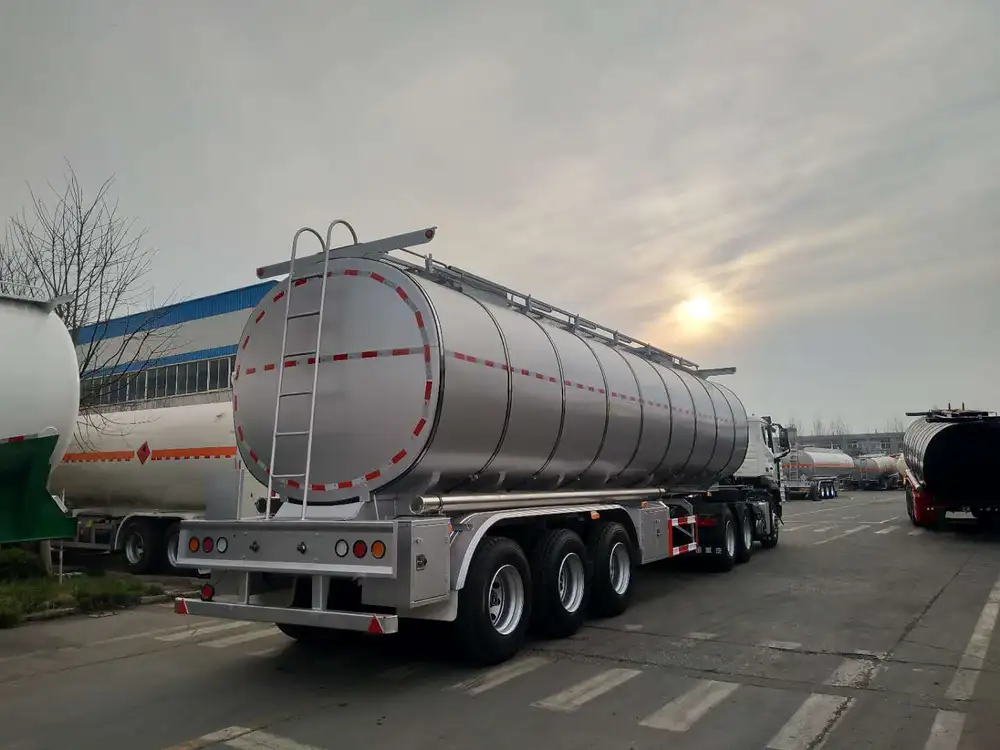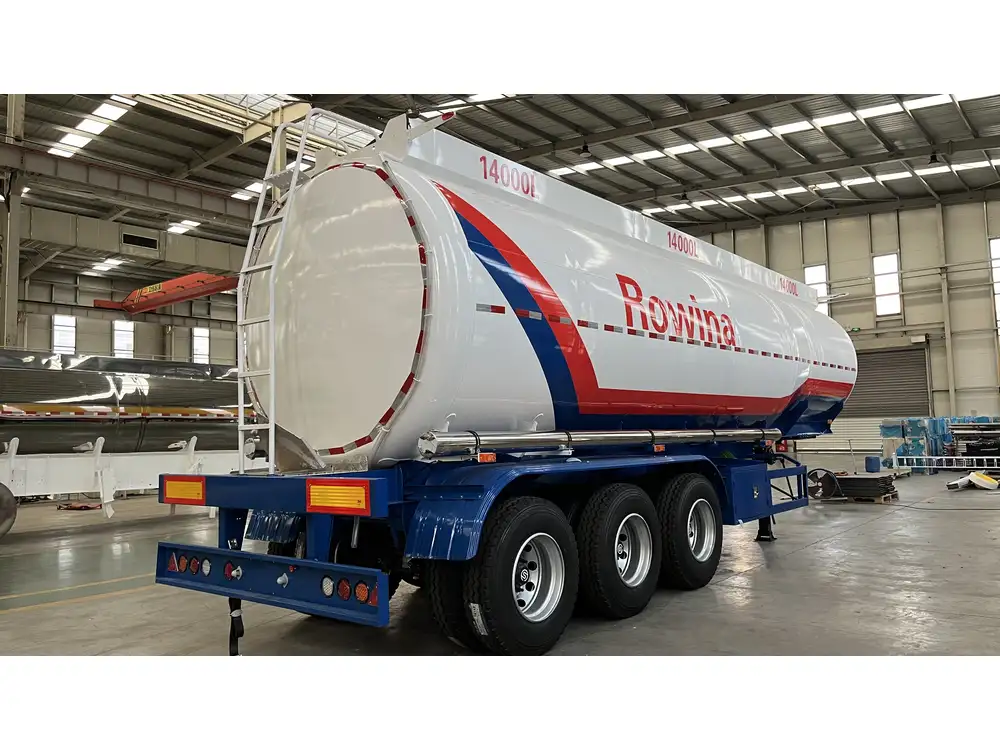When considering the purchase and maintenance of an 18-wheeler in Madagascar, one cannot overlook the critical importance of proper oil changes. This process is not just a customary service; it is an essential component of ensuring the vehicle’s longevity, efficiency, and operational integrity. In this comprehensive guide, we delve into the intricacies of how to manage oil changes effectively for 18-wheelers while exploring options available for sale in Madagascar.
Understanding the Importance of Oil Changes for 18 Wheelers
The Engine’s Lifeblood
Oil is the lifeblood of heavy-duty engines. As machines designed to haul substantial weights, 18-wheelers rely on a high-performance engine that runs optimally with clean, properly maintained oil. Regular oil changes are paramount for the following reasons:
- Minimizes Engine Wear: Fresh oil reduces friction, protects engine parts, and minimizes wear over time.
- Enhances Fuel Efficiency: Clean oil promotes better gas mileage, an essential factor given the fluctuating fuel prices in Madagascar.
- Prevents Contamination: Over time, oil gathers contaminants from combustion, which can lead to sludge formation and engine damage.

Scheduled Maintenance: When to Change Oil
A careful study of the specific manufacturer’s guidelines for each 18-wheeler model will yield ideal oil change intervals. Typical recommendations are often:
| Truck Model | Recommended Oil Change Interval |
|---|---|
| Volvo FH | Every 30,000 km or 18,500 miles |
| Kenworth W990 | Every 15,000 km or 9,300 miles |
| Freightliner Cascadia | Every 20,000 km or 12,500 miles |
| CarMax Trailer | Every 20,000 km or 12,500 miles |
It’s crucial to monitor oil levels regularly, as driving conditions in Madagascar can affect oil quality more rapidly than expected.
Choosing the Right Oil
Types of Oil
The choice of oil significantly influences engine performance. You can choose from two main types:
- Conventional Oil: This is a petroleum-based oil suitable for lighter loads and standard driving conditions.
- Synthetic Oil: Although costlier, synthetic oil offers superior performance, ideal for heavy-duty conditions typical for 18-wheelers, such as those found in Madagascar’s varied terrain.
Both options come in various viscosity grades, typically represented by a two-number code (e.g., 15W-40).
| Oil Type | Pros | Cons |
|---|---|---|
| Conventional | Cost-effective, adequate protection | Breaks down faster under strain |
| Synthetic | Superior performance, lasts longer | Higher initial cost |

Oil Filters: A Critical Component
Equally essential to oil changes is the use of quality oil filters. A reliable filter traps contaminants that could circulate back into the engine. Choosing a quality filter is a non-negotiable aspect of an oil change.
The Oil Change Process for 18 Wheelers
Understanding how to carry out an oil change is imperative, especially for truck owners who choose to tackle maintenance themselves. Here’s a comprehensive step-by-step guide:
1. Gather Necessary Tools and Supplies
Before commencing, ensure you have the following on hand:
- Oil (check specifications)
- New oil filter
- Oil drain pan
- Wrench set
- Funnel
- Rags for cleanup

2. Prepare the Vehicle
- Park the truck on a flat surface.
- Turn off the engine and allow it to cool.
- Secure the vehicle with wheel chocks to prevent movement.
3. Drain the Old Oil
- Locate the oil drain plug beneath the engine.
- Place the oil drain pan beneath the drain plug and remove it.
- Allow the oil to completely drain into the pan.
4. Replace the Oil Filter
- Locate and unscrew the oil filter using a filter wrench.
- Lubricate the rubber gasket on the new filter with fresh oil to ensure a proper seal.
- Install the new oil filter by hand-tightening.

5. Add New Oil
- Replace the drain plug securely.
- Using a funnel, pour the new oil into the engine via the oil filler cap.
- Check the dipstick to ensure the oil level is correct.
6. Run the Engine
- Start the engine and let it run for a few minutes.
- Check for leaks around the oil filter and drain plug.
- Turn off the engine and recheck the oil level, adding oil as necessary.
Finding 18 Wheelers for Sale in Madagascar
If you are in the market for an 18-wheeler in Madagascar, it is essential to explore various avenues. Here are the key points to consider:

Key Marketplaces
| Marketplace | Type of Vehicles Available | Notes |
|---|---|---|
| Local Dealers | New and used trucks | Warranty options may vary |
| Online Platforms | A broader selection, including imports | Can compare prices easily |
| Auctions | Great deals for used vehicles | Risk of vehicle condition unknown |
Evaluating Options
When selecting an 18-wheeler, consider:
- Model Specification: Ensure it meets your operational needs, like load capacity and fuel type.
- Condition: Always conduct a thorough inspection or hire a mechanic for a detailed assessment.
- Price: Beyond the initial purchase cost, consider the long-term operational costs, including oil changes and repairs.
Conclusion
By maintaining a strict oil change regimen for your 18-wheeler, you not only safeguard your investment but also cultivate a relationship of reliability and efficiency within your fleet. In Madagascar, where the landscape poses various challenges, investing in quality oil, filters, and regular maintenance will pay dividends in the long run.

FAQs
1. How often should I change the oil in my 18-wheeler?
The frequency depends on the model and usage but typically ranges from 15,000 to 30,000 kilometers.
2. Can I use synthetic oil in my older 18-wheeler?
Yes, but it’s advisable to consult the owner’s manual or a trusted mechanic for specific recommendations.
3. What happens if I skip oil changes?
Failure to change the oil can lead to engine wear, decreased performance, and ultimately costly repairs.
4. Where can I find quality oil for my 18-wheeler in Madagascar?
Look for reputable suppliers or trucking service stations that specialize in heavy-duty vehicle maintenance.












Reviews
There are no reviews yet.